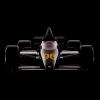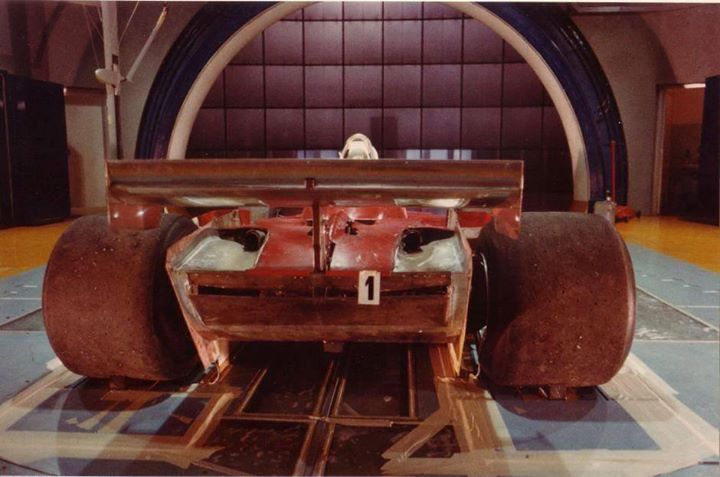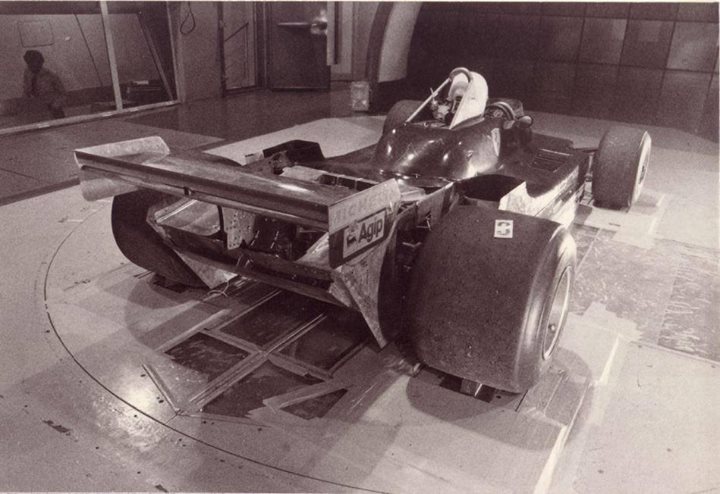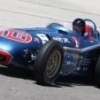I went back to Forghieri's bio to compare it with his statement. Having read it some time ago, I had forgotten some of the details and found a few answers to my own queries.
As the English translation is indeed apalling, and I have the original Italian edition (which is mostly quite readable btw), I've made a few
translations on the parts concerning the T4 and aero testing. Maybe they will be of some help to the forum's members. Although I'm afraid the book does not answer Peter's question. Often Forghieri's comments lack detail, which rather than an issue of bad memory, I presume was an editorial choice.
This is roughly from pages 188-191 of the Italian book. Keep in mind that there's substantial discussion of the 126C2's skirts afterwards.
"We had copied Lotus by creating skirts made of resin and ceramics; and by using springs to fix them to the ground. Honestly speaking,
they did not work well on bumpy tracks. On flat surfaces, though, they worked perfectly: Jody and Gilles were very fast.
But on bumpy ones, like Silverstone - our "black beast" - the skirts got slightly inclined and the air leaked (usciva all'esterno), creating serious stability problems.
[...]
Despite the skirts' issues [which they had been facing since the T3], the T4 was the outcome of a whole new project - the last evolution of the T series.
This was a car totally born in the wind tunnel, and based on the researches made by the engineer Gianfranco Poncini - an exceptional lad, hard worker and with great character and personality.
Poncini had carried out the first aero tests on the skirts at the Pininfarina wind tunnel. But then there was a fastidious internal conflict within Ferrari, caused by a certain kind of provincial attitude that often surfaced at the factory. The idea was: the Pininfarina tunnel was alright, but the English had specialised galleries that worked much better.
On this topic, I regretted the conflict that for fifteen years I had had with the engineer Bussi, who had disappeared in October 78 after being absurdly and savagely kidnapped in Sardinia.
On what concerned the wind tunnel debate, I did not react, but nonetheless concocted a radical plan. I asked [Enzo] Ferrari if I could make a 1:5 scale model and test it on all the wind tunnel galleries used by the English teams. The result: five galleries, five different results! Then I asked my interlocutors which path we should take, but no one answered me. I was not surprised, because we would have needed sufficient coefficients to compare [coefficienti comparativi], which we did not have at all.
In any case, this was a useless polemic, because Pininfarina's gallery, where we took the 1:1 scale car, was more than good enough - at least in those times.
[...]
Based on Poncini's calculations, I had designed the large cantilevered front wing; while the side pontoons were kept "under pressure" (mantenuti "in pressione") - so the air did not leak in any situation. [Here he says l'aria non si staccava. Staccava means 'separate']. The pontoons' design resulted from a mathematical formula.
There has always been discussions over the fact that the flat-12 engine, because of its width, did not allow the air to vent rearwards ("sfogare posteriormente") to create good ground effects. Thus, differing from the narrower DFV, used by most teams.
Yet, the results proved us right. In fact, there is no real theoretical explanation for that theory [flat12 width=bad ground effects], which was actually made popular by the same individuals that left Ferrari carrying drawings of a flat-12 - that was then made by another team [which one, Alfa?]."
Edited by guiporsche, 15 March 2017 - 22:43.


























